Apr 14, 2025
Author:Lisa Martinez
What strange creatures cats are!
They are lovely, independent, and mostly disconnected. Mysterious, though, is one quality. However, they are not good drinkers.
Derived from their ancestors who dwelt in deserts, this makes them vulnerable to dehydration. Still, Why Do You Need To Track Your Cat's Hydration? Water means life, and even more so, it describes all the importance linked to it by cats.
Hydration is crucial for nearly every vital function in a cat's digestive health, joint health, and body temperature control.
The absence of sufficient water can cause many problems, some of which can be life-threatening if not diagnosed and treated early in your feline friend's life.
This extensive article informs you about hydration, how to spot dehydration, and how to give dehydration treatment at home-related measures with the cat, especially in cases where the cat appears ill or denies ingestion of water.
Should you ever think, "Why is there a need to keep track of my cat's hydration after surgery, during an illness, or even during those hot seasons?
The answer is simple: prevention and early diagnosis.
Cats drink less water as they are the prime survivor of prey that contains about 70-80 percent water.
Dogs still instinctively tend to drink a lot of water when thirsty. However, in dry kibbles which contain about 10% water, the problem arises with eating such dry food.
Exacerbation becomes a common feature of poor hydration for most diseases, including chronic kidney disease, diabetes, and urinary tract infection.
Why do you need to keep a close watch on a cat's hydration level after surgery?
For recovery needs more fluids are needed. Without proper intake, vomiting, diarrhea, or fever could suppress dehydration, reducing water stores. Your cat would vomit occasionally, diarrhea forms, or would become febrile, but would still drink water. It protects your cat from serious complications by increasing water intake.
All cats chop into the other healthy ones with hydration: a well-hydrated kitty has a shinier coat, better digestion, and more energy. The kidneys flush the toxins out of the system with water.
At the same time, it hinders the formation of painful crystals and stones in the urinary tract. A hydrated cat's cognitive function benefits considerably and tends to favor older, aging cats. The cat will experience reduced gastrointestinal disturbances and better body weight when it drinks sufficient water. You can make them drink plenty of water using a ceramic wireless pet water fountain.
Cats are very proud animals, and they take pride in being able to hide most diseases from their owners, but you should always look for the clues.
Some physical signs of dehydration are:
● Skin Tent Test: Pinch the skin gently between your cat's shoulders. If it does not spring back very quickly, you may be looking at a case of dehydration in your cat.
● Dry or Sticky Gums: Healthy gums are moist and pink.
● Sunken Eyes: A hollow look in the eyes is a red flag.
● Lethargic Weakness: A problem more to do with hydration if your previously playful cat has suddenly turned into a lethargic ball of fur.
● Panting or Increased Heart Rate: Both may mark overheating or indicate something is peculiar in the fluids department.
A risk that is real. Cat dehydration death is not just theoretical; it is an outcome if we avoid symptoms.
When water intake is low for an extended period, organs do not perform function. First, the kidneys fail, next the liver, then the heart, and finally the brain.
The toxic waste accumulation leads to multi-organ failure and death.
Kittens, older cats, and sick pets are at a higher risk.
That may usually take care of mild dehydration at home when early detection occurs. Currently, here is how home treatment of dehydration in cats can effectively occur:
You should encourage your cat to drink more water. You can do it by placing several water bowls around the house. We advise you to prefer using ceramics or glass over plastics, which keep water from getting dirty.
Canned food contains far more moisture than dry kibble. Even mixing a bit of warm water into it can make a huge impact.
Add tuna water (unsalted), low-sodium chicken broth, or special feline electrolyte supplements to entice them.
Cats that will not drink by themselves, use an oral syringe to squirt small amounts of water into the side of their mouth.
If the cat is vomiting or lethargic, do not try this without veterinary advice as it will make the condition much worse.
Cats like history and comfort. At times, changing their environment increases water intake. Disguise the bowls from low-traffic, quiet areas. Confine them away from noisy appliances and the feeding zones of other animals.
Some cats do not like the odor and taste of tap water. You can use filters or install fancy grass so they can drink. Elevated bowls are a good option for some older arthritic cats due to their easiness on their necks and joints.
A severely ill cat can be extremely dehydrated, and they usually refuse to drink; if not promptly treated, this can be fatal for their recovery. It is important here to learn how to keep a sick cat hydrated. Here are proven methods:
Ask your vet for products like unflavoured Pedialyte or other feline-specialized rehydrate cuzon formulas. Soft, watery foods throughout the day.
Physically make sure that water bowls are near the points where your cat rests.
In cases of chronic illness such as kidney failure, vets usually prescribe fluids under the skin at home.
Do not forget the hydration aspect of healing. The medication cannot work well without water, and your cat's condition will deteriorate.
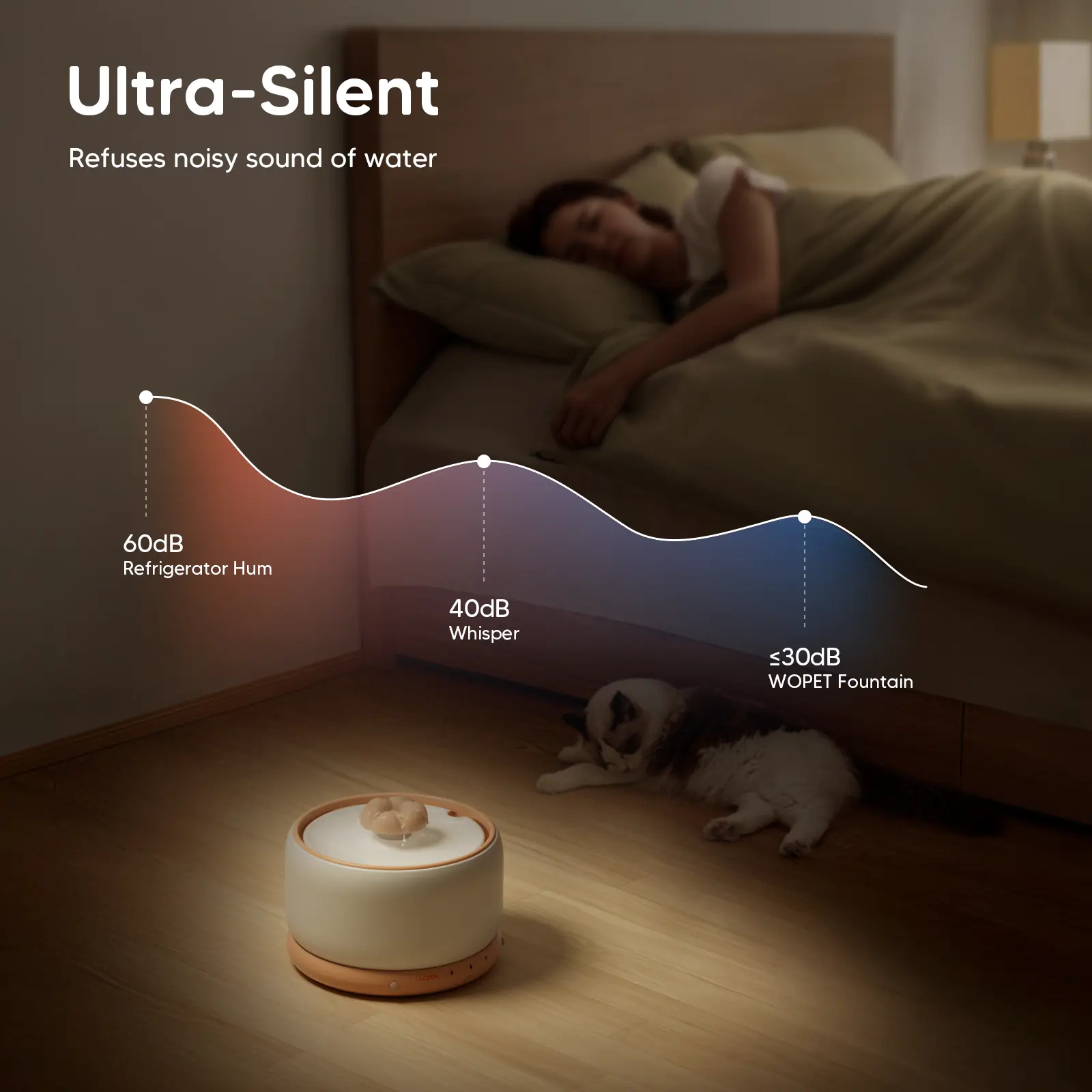
When your cat does not seem to drink water, do not fret. This is how to hydrate a cat that will not drink water:
Most animals prefer moving water. This simulates a stream and will encourage your cat to drink.
Offer ice cubes frozen in tuna juice or chicken broth; most cats enjoy batting around and licking them.
Soak your favorite treats in watery broth to sneak extra liquids into them.
Try to locate some liquid to cat treat or gel hydrating.
The problem is changing the bowl's location. Keep water away from litter and food; try different types of bowls.
In essence, the primary method of assessing hydration is this:
Measure the amount of water provided in a cat's bowl.
A lesser concentration of urine clumps, or darker clumps, may mean dehydration in the early morning and late at night.
Weigh your cat on a regular basis. Sudden and erratic weight loss by your cat could be an indication of fluid loss.
Examine gum moisture and skin elasticity weekly in older, sick, or bedridden cats. Hydration monitoring is critical for pets recovering from an illness or receiving drugs that cause loss of fluids (i.e., diuretics), for which the same reasoning applies.
Home care may suffice for trivial dehydration, but there are sure times when the vet's attention is immediately required:
The absence of drinking or eating for 24 hours could lead to vomiting, diarrhea, lethargy, weakness, a collapsing feature with dry gums, loss of appetite, and weight changes. No urination for over 24 hours is very important, indeed. Harsh dehydration can develop from mild to severe in less than a day, especially in young kittens and seniors.
Again, why keep track of your cat's hydration?
Hydration is the cornerstone of your cat's well-being. It affects everything from organ functions to recovery from illness, which may be a matter of life and death.
You want to protect your furry friend if you learn about the physical signs of dehydration in cats, the symptoms of a cat dying of dehydration vomiting, and how to hydrate a cat that won't drink water.
Cats may not be the best at showing it when in trouble, but you can be their voice. Track their hydration, offer water-rich food, observe their behavior, and never hesitate to act when you suspect something is off.
Your vigilance today may save your cat's life tomorrow.
Because cats have a low thirst instinct and are brilliant at conserving water, if they are dry-fed, monitoring their fluid intake helps forestall diseases such as kidney illness, urinary tract infection, and dehydration.
Signs constitute dry or sticky gum membrane; one or both eyes sunk inward or in; lethargy; lack of appetite; less elastic skin (poor skin turgor) that stays in a tent when pinched between fingers (skin tent test); panting; and fast heart rate.
Advanced signs would include severe vomiting or diarrhea more than 24 hours; refusal of any food and/or water for more than 24-36 hours; dry, pale gums; weakness or collapse; no urination. These are all life-threatening situations and need the immediate intervention of a veterinarian. Even for those animals, it may be too late; treatment may not alleviate their clinical condition.
Dehydration negatively impacts your cat's health. From why you need to monitor your cat's hydration to how to hydrate a cat at home to what to do when symptoms appear.
Wopet's innovative product line of pet hydration solutions, including ceramic wireless pet water fountains and smart pet feeders, enables you to keep your cat hydrated even when he refuses to drink water. It is a lifesaver for sick, elderly, or post-surgical cats requiring constant fluid intake.
Visit your one-stop shop for pet wellness, from hydration monitoring to feeding.
Drop by now and give your cat the water-adoring life they deserve before dehydration turns fatal.
Label:
Popular Post
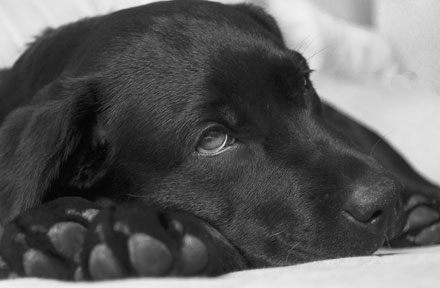
What to Feed a Sick Dog With No Appetite? [2025 Guide]
May 16, 2023
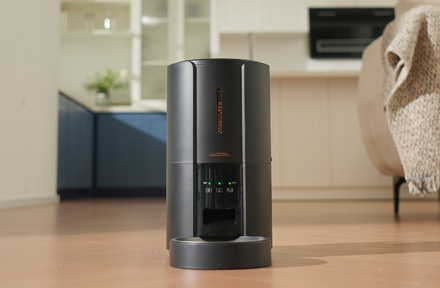
Troubleshooting Common Issues with Automatic Pet Feeders: Tips & Tricks for Pet Owners
Oct 26, 2023
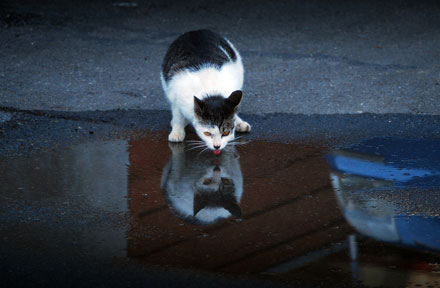
Why Does My Cat Cough After Drinking Water? 8 Potential Reasons
Mar 13, 2023
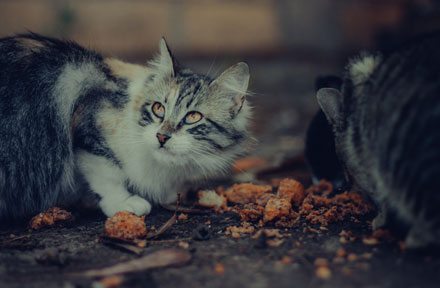
My Cat Only Eats A Little at A Time - What to Do?
Feb 27, 2023
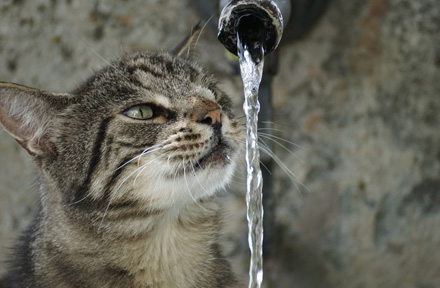
Why is My Cat Throwing up Water? Top 5 Causes Here
Feb 08, 2023
$99.99
$129.99
Copyright © 2025 WOPET. All Rights Reserved.